Trends in Chemistry: MXenes as energy storage electrodes
QQ Academic Group: 1092348845
Detailed
North Konami can provide MXene (can be customized)
The MXenes etched by HF or HCl/LiF mainly contain -O, -OH and -F functional groups. Quantitative NMR spectroscopy revealed that the HF etched Ti3C2TxMXene had nearly four times more -F functional groups, more -OH and less - compared to HCl/LiF etching. O. At the same time, different concentrations of HF also lead to different compositions of functional groups on the surface of MXene.
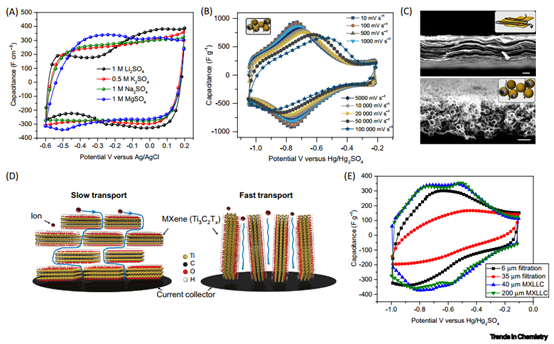
Figure 2. Electrochemical characteristics of MXene in aqueous electrolytes.

Figure 3. Electrochemical behavior of MXene-based electrochemical capacitor electrodes in conventional non-aqueous electrolytes.
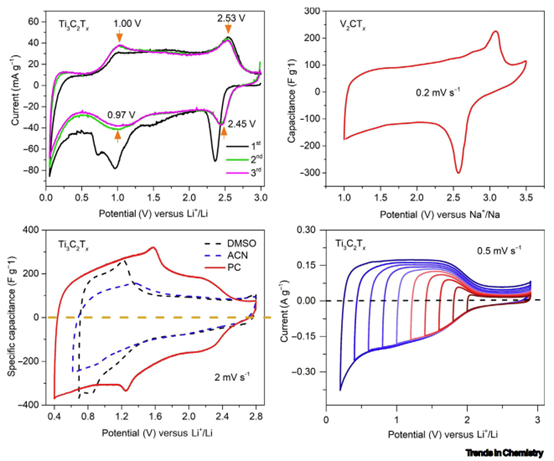
Figure 4. Electrochemical behavior of MXene electrodes in organic electrolytes containing Li or Na.

In the future, researchers need to conduct in-depth research in the following aspects:
1) Taking the Lewis acid molten salt method as an example, we explore an environmentally friendly, safe, efficient and batch acoustic field method to expand the MAX phase precursor and control the preparation of the surface composition of MXenes.
2) About 70% of all MXene research work is focused on the first discovered MXene, namely Ti3C2Tx. For other types of MXenes, although the preparation process is more complicated, we need to conduct in-depth exploration from both theoretical and experimental aspects.
3) Although MXene electrodes can achieve higher capacity in aqueous electrolytes, considering the wider voltage window, the performance of MXene in non-aqueous electrolytes should be further investigated. The optimal control of the composition and nature of the functional groups on the surface of MXene, as well as the control of the interlayers, is crucial for the performance improvement.
4) For electrochemical capacitors and high-power batteries that need to meet high power and high energy density at the same time, design 3D porous, vertically aligned or other structured MXene electrodes without sacrificing too much volumetric energy density. Ion transport paths in electrodes, which will be the focus of development in the coming years.
Literature link:
https://doi.org/10.1016/j.trechm.2020.04.010
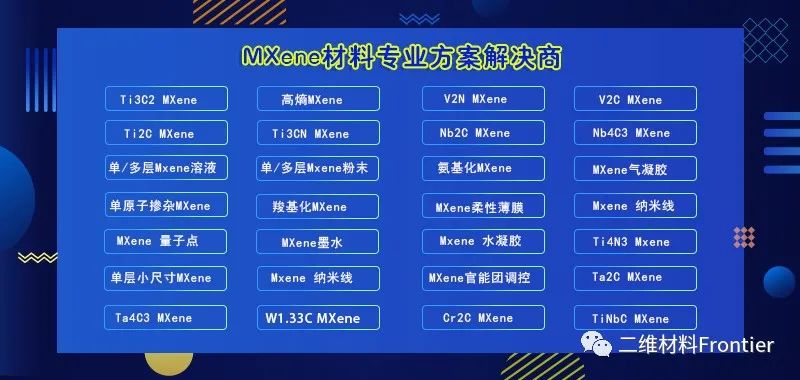



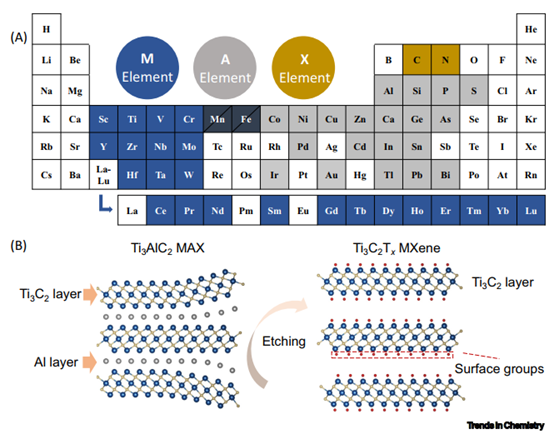
The MXenes etched by HF or HCl/LiF mainly contain -O, -OH and -F functional groups. Quantitative NMR spectroscopy revealed that the HF etched Ti3C2TxMXene had nearly four times more -F functional groups, more -OH and less - compared to HCl/LiF etching. O. At the same time, different concentrations of HF also lead to different compositions of functional groups on the surface of MXene.

Figure 2. Electrochemical characteristics of MXene in aqueous electrolytes.

Figure 3. Electrochemical behavior of MXene-based electrochemical capacitor electrodes in conventional non-aqueous electrolytes.

Figure 4. Electrochemical behavior of MXene electrodes in organic electrolytes containing Li or Na.

In the future, researchers need to conduct in-depth research in the following aspects:
1) Taking the Lewis acid molten salt method as an example, we explore an environmentally friendly, safe, efficient and batch acoustic field method to expand the MAX phase precursor and control the preparation of the surface composition of MXenes.
2) About 70% of all MXene research work is focused on the first discovered MXene, namely Ti3C2Tx. For other types of MXenes, although the preparation process is more complicated, we need to conduct in-depth exploration from both theoretical and experimental aspects.
3) Although MXene electrodes can achieve higher capacity in aqueous electrolytes, considering the wider voltage window, the performance of MXene in non-aqueous electrolytes should be further investigated. The optimal control of the composition and nature of the functional groups on the surface of MXene, as well as the control of the interlayers, is crucial for the performance improvement.
4) For electrochemical capacitors and high-power batteries that need to meet high power and high energy density at the same time, design 3D porous, vertically aligned or other structured MXene electrodes without sacrificing too much volumetric energy density. Ion transport paths in electrodes, which will be the focus of development in the coming years.
Literature link:
https://doi.org/10.1016/j.trechm.2020.04.010

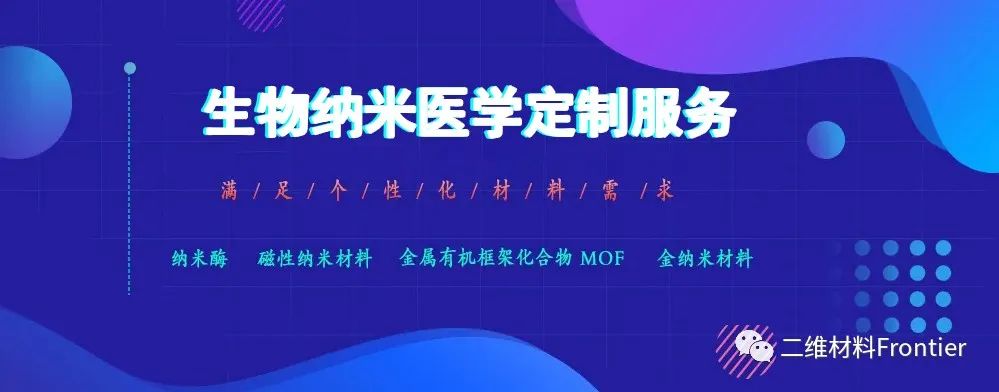
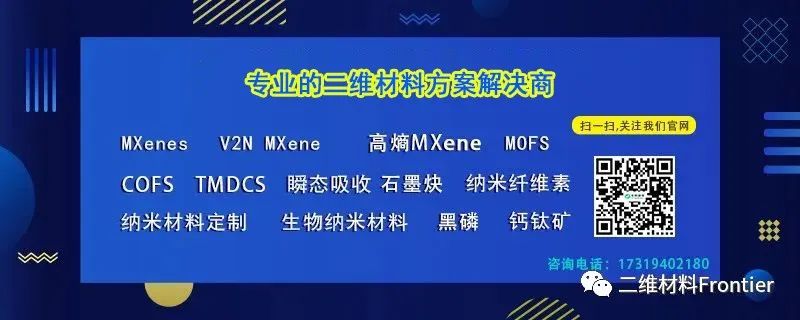
- Previous: ACS Energy Letters: Hi
- Next: IF 16! Reprogramming m


 mxene academic
mxene academic